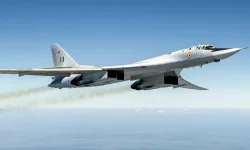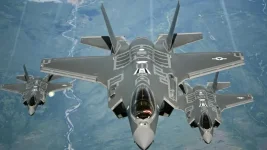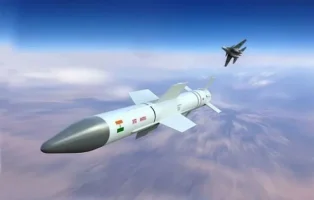- Views: 2K
- Replies: 14

Dassault Aviation, the French manufacturer of the Rafale fighter jet, is facing scrutiny over its upgrade programs, with experts raising concerns about high costs and protracted timelines.
This comes in the wake of Dassault's recent statement that replacing the Rafale's current RBE2 Active Electronically Scanned Array (AESA) radar with India's indigenous Uttam AESA could take up to eight years.
This announcement has rekindled memories of the drawn-out Mirage-2000 upgrade program, which was plagued by similar delays and cost overruns. Defence experts point to the Mirage-2000 modernization as a prime example, where upgrading 50 Indian Air Force (IAF) jets took over eight years and ended up costing nearly as much as acquiring new aircraft. The upgrade, which involved enhancing the aircraft's avionics, radar, and weapon systems, significantly exceeded its initial timeline and budget.
Experts argue that this pattern of lengthy upgrade cycles and high costs is characteristic of Dassault's aerospace programs, particularly when integrating new technologies. This raises serious questions about India's future plans, especially concerning the IAF's Medium Multi-Role Fighter Aircraft (MRFA) tender for 114 jets, where the Rafale F4 is a leading contender.
Concerns are also growing over India's reliance on Dassault for integrating indigenous weapon systems into its fighter jets. Integrating India's Astra Mk1 air-to-air missile into the Rafale, for instance, necessitated technical support from Dassault, adding significant costs and complexities.
"If we continue using the RBE2 AESA on our Rafale jets, we will remain dependent on Dassault for every upgrade to the weapons systems, similar to what was seen with the Astra missile integration," an expert explained. "This kind of dependency means India will have to pay a hefty price for every new development."
To address these challenges, experts advocate for India to gain greater autonomy over its aircraft systems, especially mission computers and radar systems. For the MRFA tender, they urge India to insist on acquiring the source code for the aircraft's systems or replacing critical components like the radar with indigenous alternatives like the Uttam AESA. This, they argue, is crucial to avoid recurring costs and delays in upgrading jets to integrate India's growing indigenous weapons inventory.
"If India goes ahead with the Rafale F4 jets for the MRFA tender, it needs to ensure that the mission computers and radar systems are either fully under Indian control or capable of integrating Indian weapons without relying on Dassault," an expert emphasized.
The MRFA tender is vital for modernizing the IAF, but experts caution that decisions made now will have long-term consequences. Without control over critical systems, India risks facing escalating costs and operational limitations. This reflects a growing sentiment within India's defence community that emphasizes indigenous systems and self-reliance as the path to break free from dependency on foreign manufacturers and their costly upgrade cycles.





